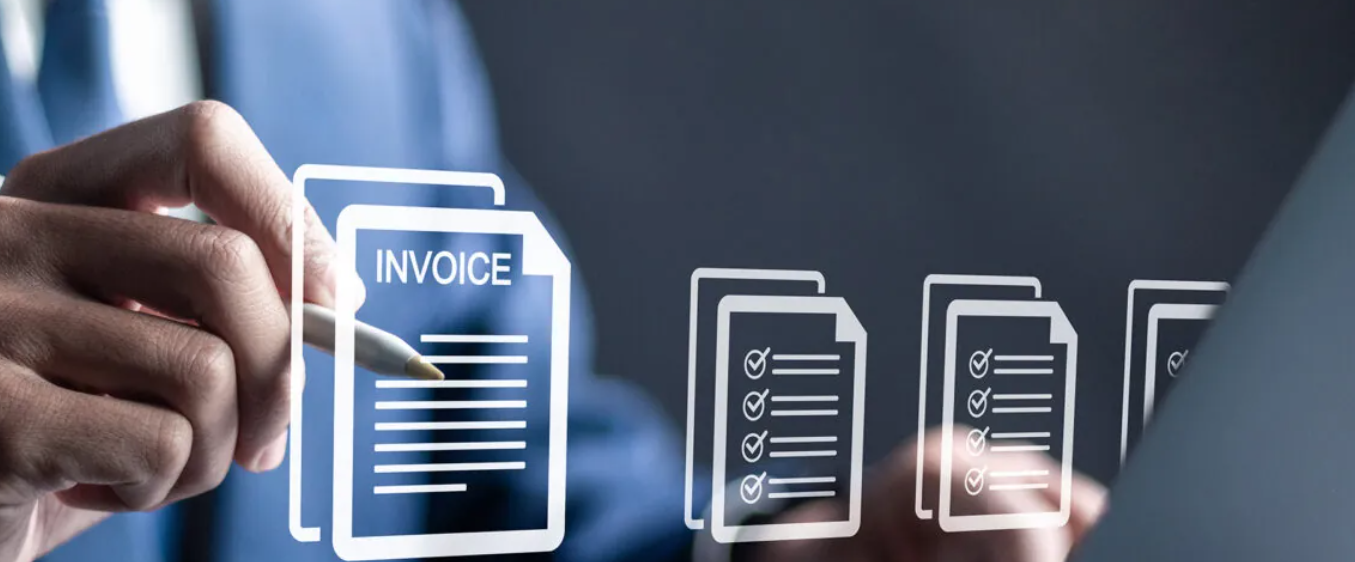Getting paid is more than important. It’s a critical part of running a business.
No payments from customers means no growth. It means no investing in your skills or buying equipment that’ll help you compete.
Rocky, unpredictable payments can make your business unfeasible. You could end up having to close shop. But get payments right, and your financial health will flourish.
Quotes and invoices are two integral parts of this process. Not only do they make sure you are paid in full and on time, but they also make you look like the professional you are.
Invoice vs. quote—what’s the difference? This guide has answers.
We’ll explore what a quote is, when you should use them, and what the benefits are. We’ll then do the same for invoices.
Next, we’ll share pro tips for creating invoices and quotes before finishing with a few strategies to improve your payment process.
Let’s get started!
What Is a Quote?

First, we have quotes, also called quotations or price quotes.
A quote is an official offer. It’s a document that outlines the cost of goods or services and the terms of the job. It’s created by businesses like yours and given to leads to show them how much a job will cost.
The purpose of a quote is to lock in pricing and terms before work begins. That’s why it’s sometimes referred to as a fixed-price quote.
A fixed-price quote is different from an estimate:
- An estimate is a rough price prediction. It’s a guess based on the information you have now. It’s not set in stone—the final price might be higher or lower.
- A quote is final. It’s the exact price of the project. Once a client accepts your quote, you can’t change the cost (unless you have special terms and conditions).
You might also run into request for quotation (RFQ) documents. Companies looking for services or products send RFQs to a few different providers.
Providers then use the company’s formatting guidelines or quote templates to respond. This is what makes these kinds of quotes unique.
RELATED ARTICLE: What is a Sales Invoice & How to Create One in 5 Steps
When Are Service Quotes Used?
Service quotes are used before work begins. They help clients make informed choices, like whether they should splurge on an upgrade or shop around for a better deal.
Here’s an example.
Let’s say a homeowner reaches out to a roofing company for a quote on replacing their shingles. They want to know the cost of basic asphalt shingles vs. a premium metal roof.
The roofing company sends a detailed quote outlining both options.
With the quote in hand, the homeowner can compare prices. They can decide if they want to go for durability or stick to their budget.
One quick tip: when a lead requests a quote, aim to get it to them within 24 hours. They’re interested in your services and ready to learn more. Take full advantage of this.
Benefits of Providing a Price Quote
Sending a quote takes a bit of work, but it’s time well spent. Here are the benefits:
- Stops scope creep. A clear quote sets boundaries. It outlines exactly what’s included and what’s not. Clients won’t keep adding “just one more thing” for free.
- Shows the total cost. A quote puts a clear dollar amount on the job, so both you and the client know what’s expected.
- Lists everything needed for the job. A quote details materials, labor, and time estimates. This makes it easier to plan and allocate resources.
- Gets everyone on the same page. No confusion, no last-minute surprises, no arguments over what was promised.
- Helps you plan your cash flow. When you know the job’s value and timeline, you can predict income and budget for expenses.
- Protects you from unpaid bills. A signed quote acts as proof of agreement. If a client tries to dodge payment, you have written confirmation of what they agreed to.
- Makes you look more professional. Clients trust businesses that provide clear, structured quotes. It shows you’re organized and transparent. According to Forbes, “Modern consumers expect more than competitive prices—they demand insight into pricing decisions… Transparency has become as crucial as the price itself.”
What Is an Invoice?

An invoice is like a bill. It requests payment from a customer for a product or service. It also tells them how to pay, and it sets the due date.
Invoices list what was (or will be) provided and the total cost. It might ask for payment for the full or partial amount.
Businesses might send invoices electronically. For example, the customer might receive an email with an invoice attached as a PDF.
Other businesses might give their clients traditional paper invoices. They could hand it to them in person or send it in the mail.
Whatever method is used, the purpose of an invoice is to get paid. And it goes without saying that getting paid is critical to your business’s success and sustainability!
FROM ONE OF OUR PARTNERS: The 9 Essential Elements of a Small Business Invoice
When Are Invoices Used?
As we explore invoice vs. quote, when they are used is an important distinction.
Quotes always come before a purchase. Invoices, on the other hand, might be sent before, during, or after. It might even be sent over and over again at set time intervals.
- You might send an invoice before work starts or a product is provided. This makes sure the client commits financially before you invest time or resources. It’s a good fit for custom work, large projects, or anything requiring upfront costs.
- You might send an invoice during work—generally, one that asks for a partial payment after a certain milestone has been met. For example, a contractor working on a home renovation might send an invoice after demolition is complete but before moving on to rebuilding.
- You might send an invoice after the job is finished or the product is provided. You’ve done the work; now it’s time to get paid. This process is best for one-time services and smaller projects.
- You might send a recurring invoice. This option is great if you offer ongoing or subscription services or retainers.
After an invoice is sent, you might use it again. Why? Because invoices record financial transactions.

